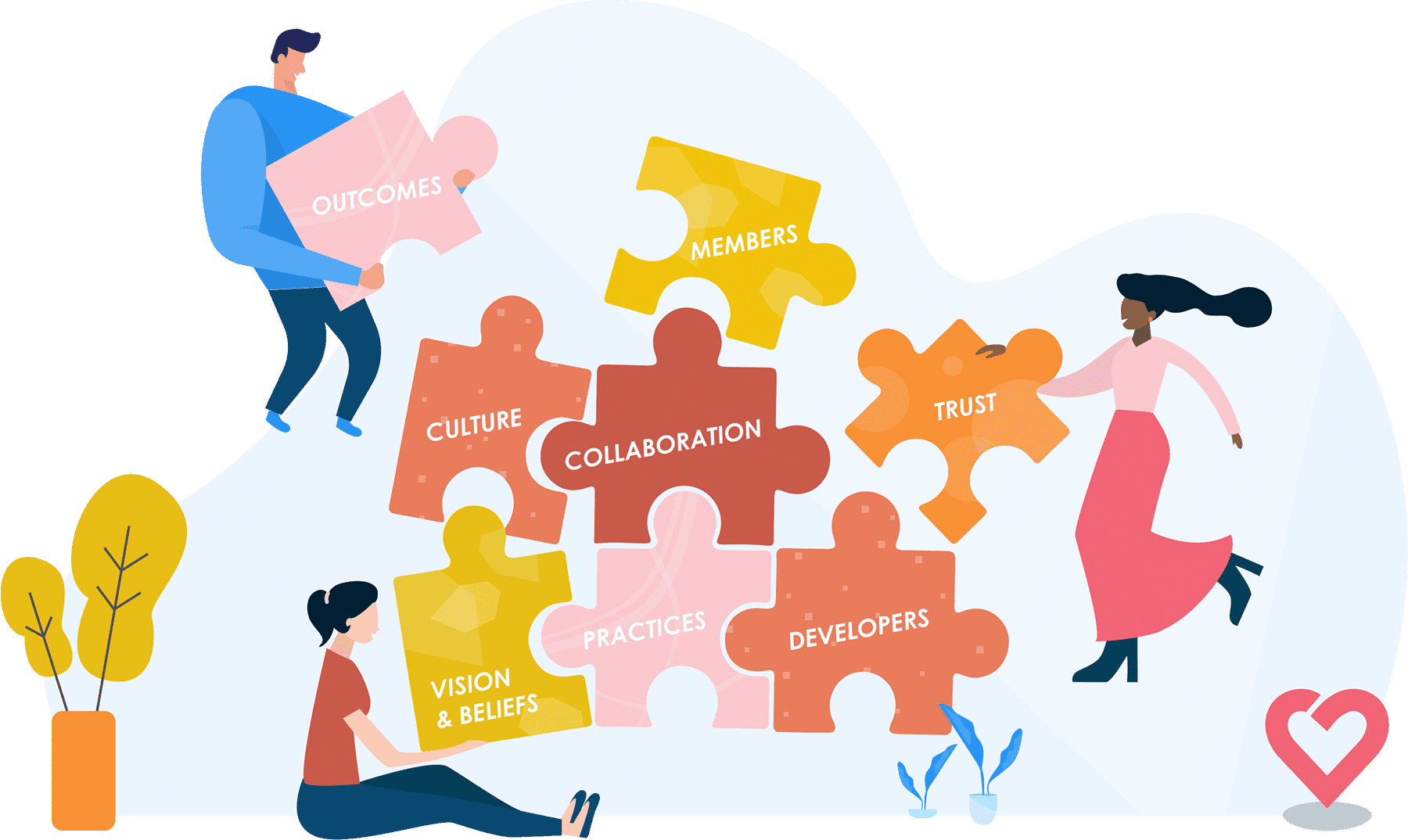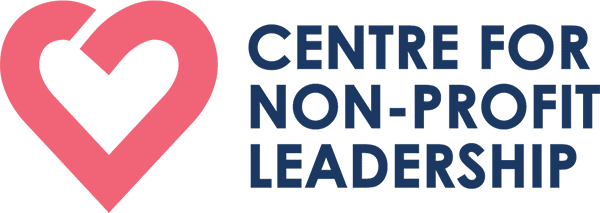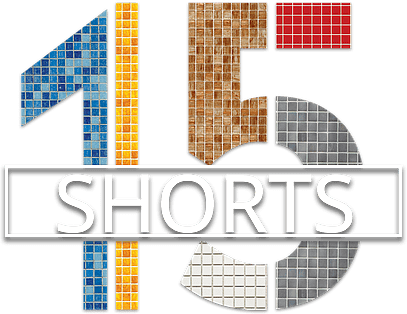The 8 Key Components Of Communities

1. Practices
Practices include recurring behaviours, rituals, and traditions. In Singapore, the terms “programmes”, “initiatives”, “habits”, or “activities” are more commonly used in place of “practices”. Whichever of these terms you use, it’s important to understand how practices shape community.
For example, Repair Kopitiam has a training programme for volunteers who want to become repair coaches. The programme provides:
- 20% content
- 70% experience (self-learning, peer-sharing, teaching)
- 10% examination
This formula fosters a culture of peer-sharing and co-learning amongst repairers that continues even after they’ve completed their training.
Practices can be intentional or subconscious. According to the Community Canvas Guidebook, thoughtful communities design rituals that reflect their purpose and values. These rituals are initiated and reiterated until they become a natural part of the members’ actions.
Practices also reflect how leaders and members see their community. For instance, when you let a different team of members organise a community activity every month, this shows that you view members as active participants who can help the community fulfil its purpose—not passive consumers or recipients of services.
How do communities develop practices? Again, this reflects how one sees a community. Some may take the approach of consulting or empowering other community members in developing practices to sustain the community. (More about this in the next section on community-building perspectives.)
2. Developers
The term “developer” is derived from the school of thought of community development.
In this series, “developer” is a broad category that refers to people who foster interdependence between members of a community towards a better common future. Developers may also organise, administrate or facilitate the various aspects of a community and catalyse collaborations and interactions between members.
But just like the term “practices”, there are several alternative terms for “developer”. These include “alongsider”, “facilitator”, “servant leader”, or “community builder”. Some developers hesitate to call themselves “leaders” because of the power dynamics it suggests within the community.
Learn more on our Developers page.
3. Members
Members are the pillars of a community. They’re motivated to join or participate in communities based on the value they believe they’ll get from doing so. At the same time, they give value to other members. Friendship, connection and understanding between members builds a stronger community.
Developers agree that members shouldn’t be seen as passive receivers, but as potential developers themselves. Members have been described as the “experts in the community”, referencing the reality that members understand their experience best.
For instance, if you’re a developer dedicated to supporting the elderly, the elderly members of the community would be considered the “experts”, as they know firsthand about their struggles, relationship dynamics, dreams, and daily activities.
Learn more on our Members page.
4. Outcomes/Success
For some developers, the ideal outcome and a marker of success is when members take ownership and grow to take on developer roles. Celebrating success is one way to sustain a community.
But what if your community is organic, or unintentional? Do you measure success, and how do you do so? And what do you do if your community fails to meet your measures of success?
These are legitimate concerns that developers face. Visit our Success page to learn more.
5. Culture
Culture is a crucial part of shaping members’ identity in relation to their community. It is expressed in habits and rituals, as well as formal community norms.
Community culture influences members’ experiences, and is crucial enough to become the deciding factor for people to stay or leave.
Read more about developing community Culture here.
6. Vision/Beliefs
Vision is essential to the development of the community. Communicating the vision and ideals of the community is important for the community to have clarity and direction as they strive towards a common goal. A vision may not come from the developer alone, but from the members as well.
Some developers also assert that shared beliefs form the core of a community. However, these beliefs may change. One developer shared the view that while the foundations of a community are beliefs and vision, they do not need to be universally shared by all members, as it’s okay to have a diversity of views. It’s also important to distinguish whether a set of beliefs reflects the developer’s vision but not the members’ perspective.
In communities, one way that beliefs are spread is through narratives and stories. These narratives also make up part of a community’s culture. The stories members tell each other can help reinforce their vision and beliefs.
7. Trust
Trust is a key ingredient for a healthy, thriving community. According to research, trust has three main drivers — authenticity, logic, and empathy. People trust when they believe they are communicating with the true you (authenticity), when your judgement is sound, and your capabilities deliver (logic) and when they feel cared for and listened to (empathy).
Leaders can design environments to help establish trust within individuals and organisations. This can be nurtured through practices and programmes, and increased through vulnerable sharing and storytelling. In fact, psychologists believe that a willingness to be vulnerable is essential to building strong, lasting relationships. And some communication theorists believe that close relationships cannot be formed without self-disclosure, which can come in the form of storytelling, among others.
8. Collaboration
Developers in Singapore lament a lack of collaboration between different communities. It’s not something that usually appears in discussions and frameworks about community either.
Collaboration provides powerful opportunities for the sharing of resources and achieving more than what one community, organisation or person would have been able to do alone. There’s also a chance that different communities would end up serving the same purposes or providing the same services to the same group of people if communities don’t collaborate.
Previous Chapter: The Community Canvas Framework
Next Chapter: 7 Perspectives of Community Building
















